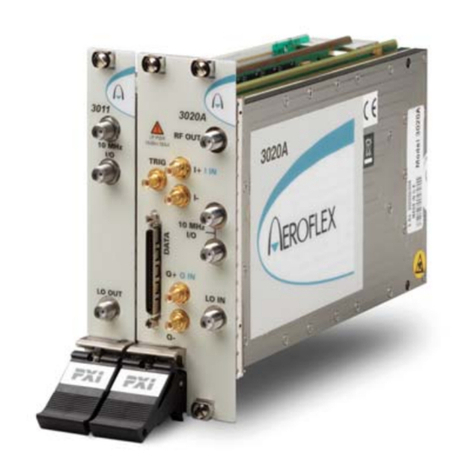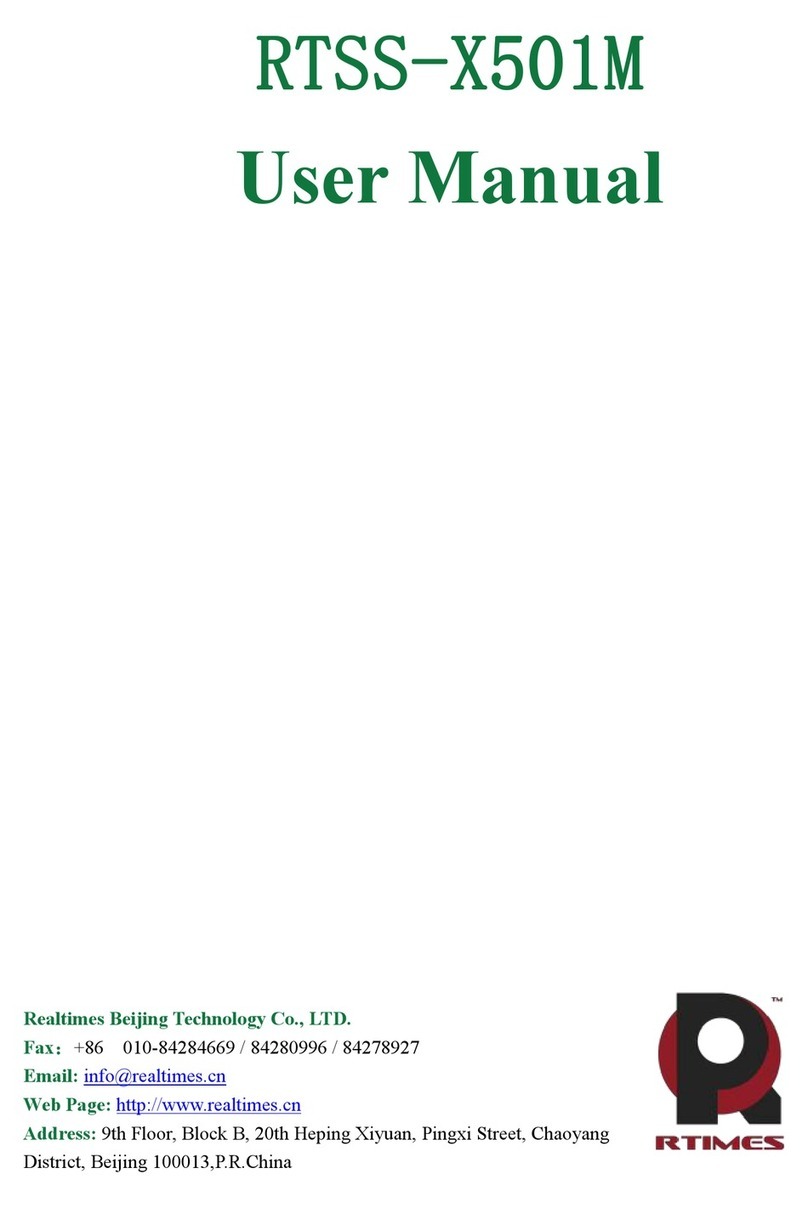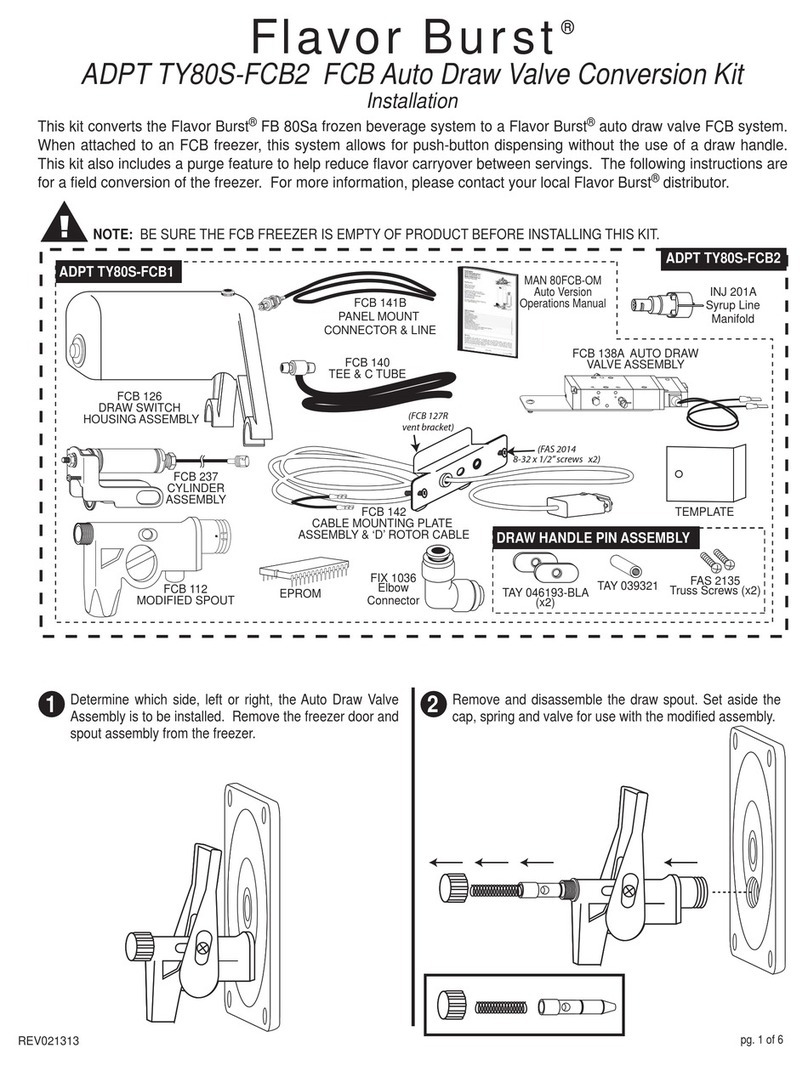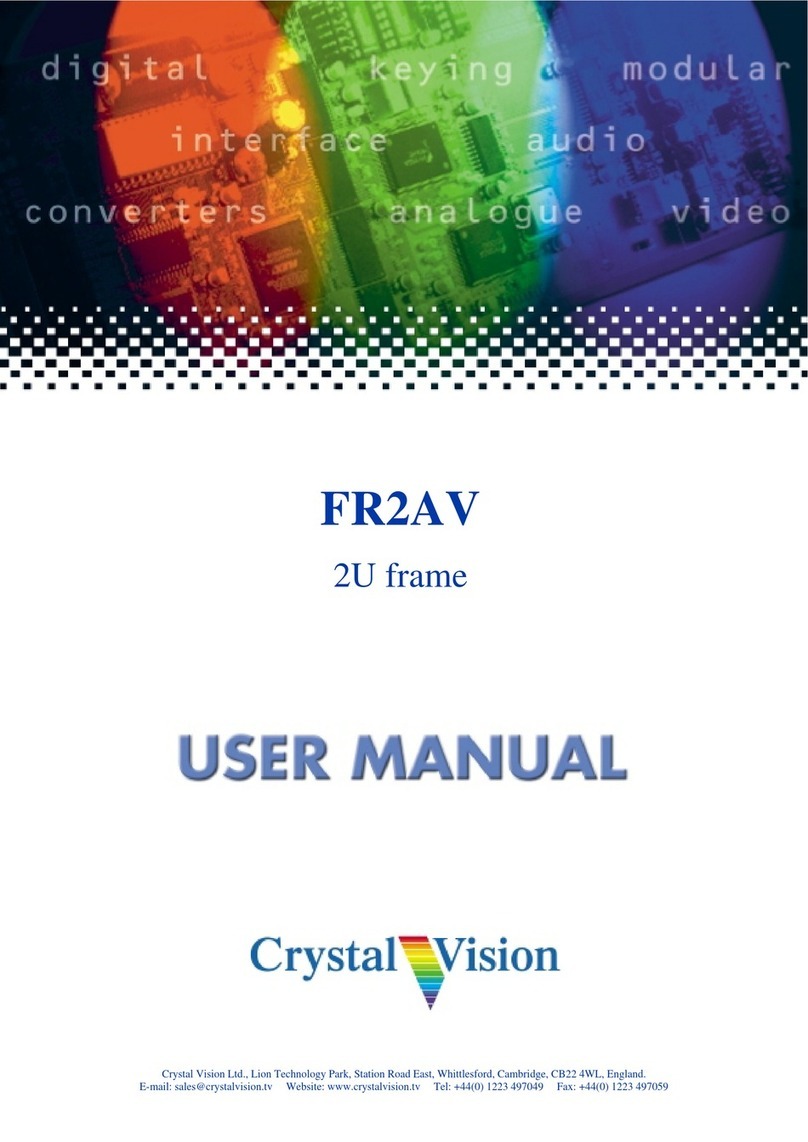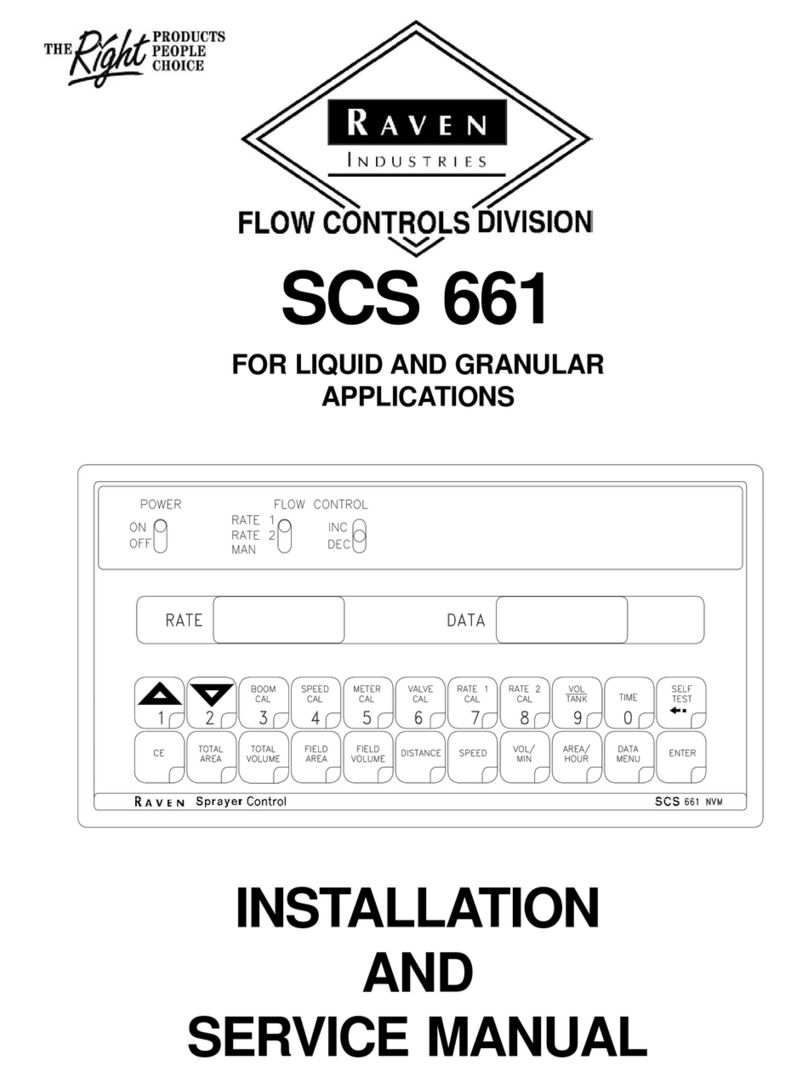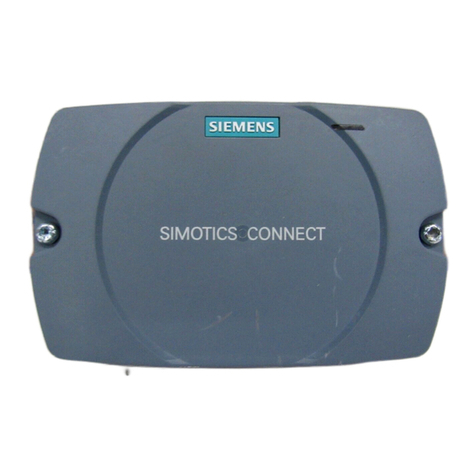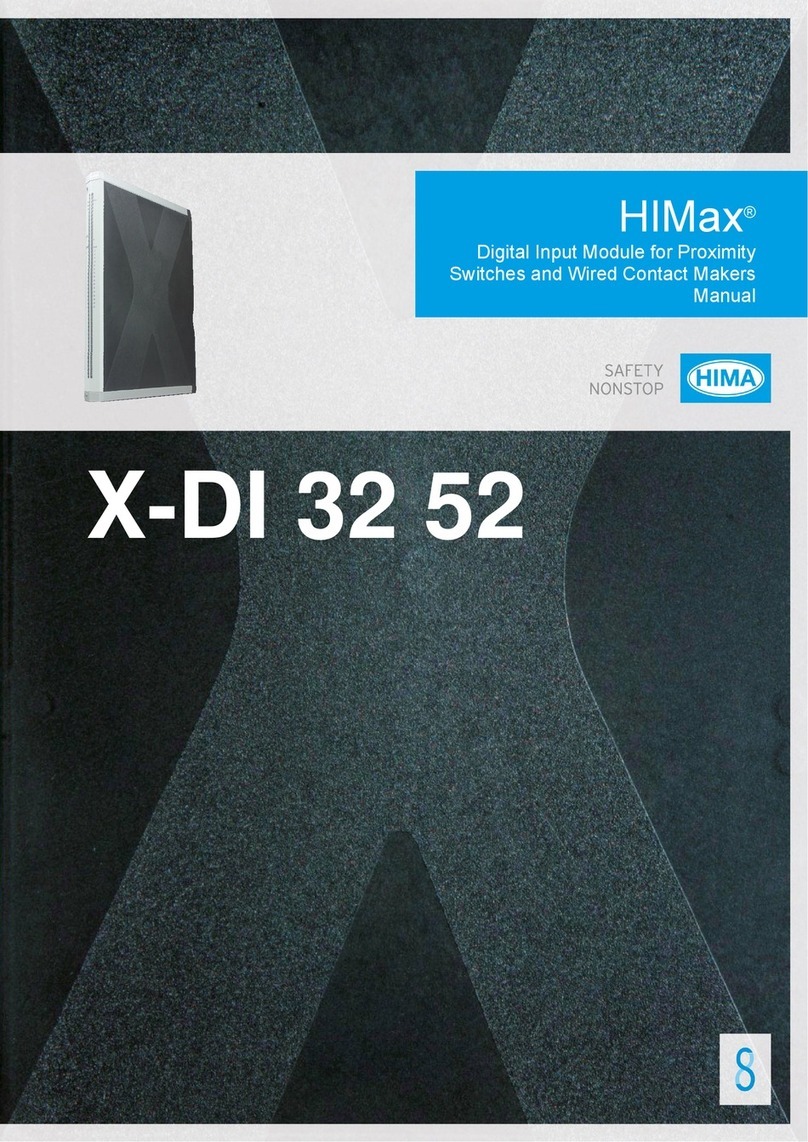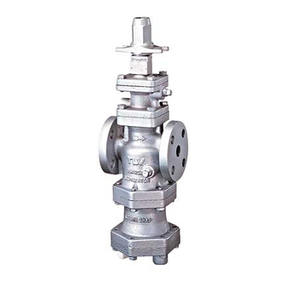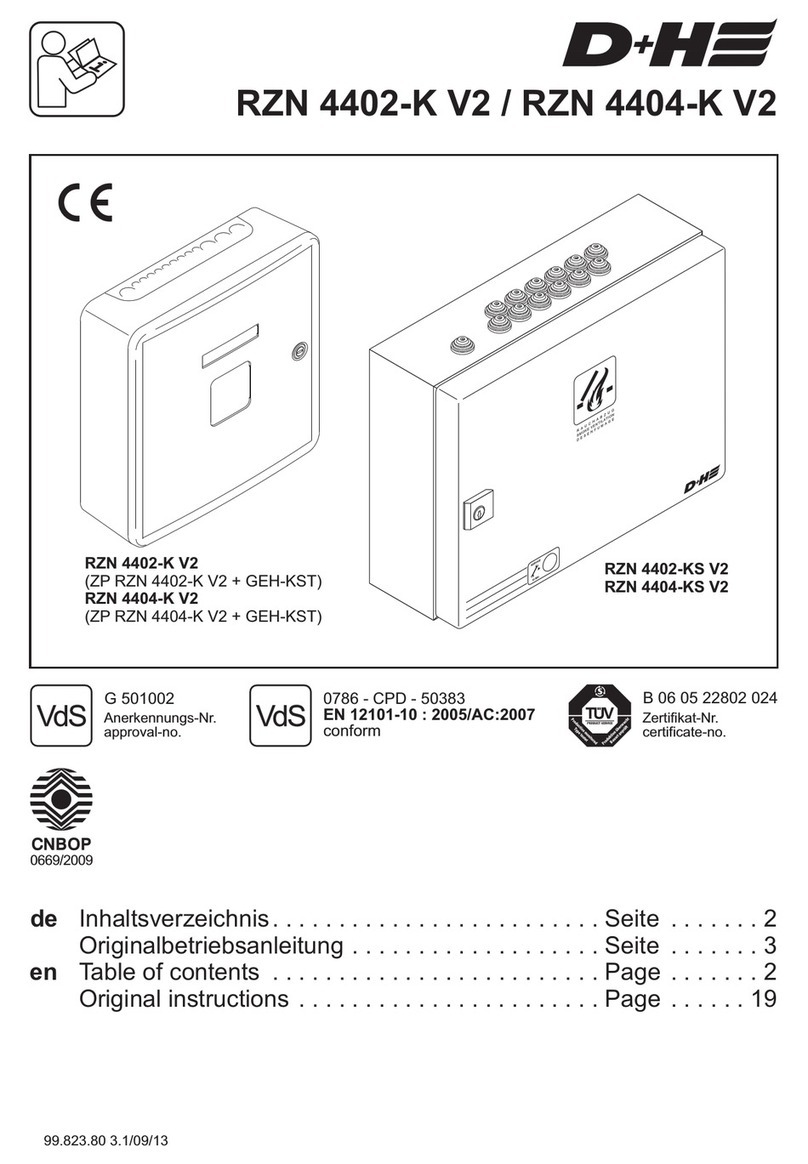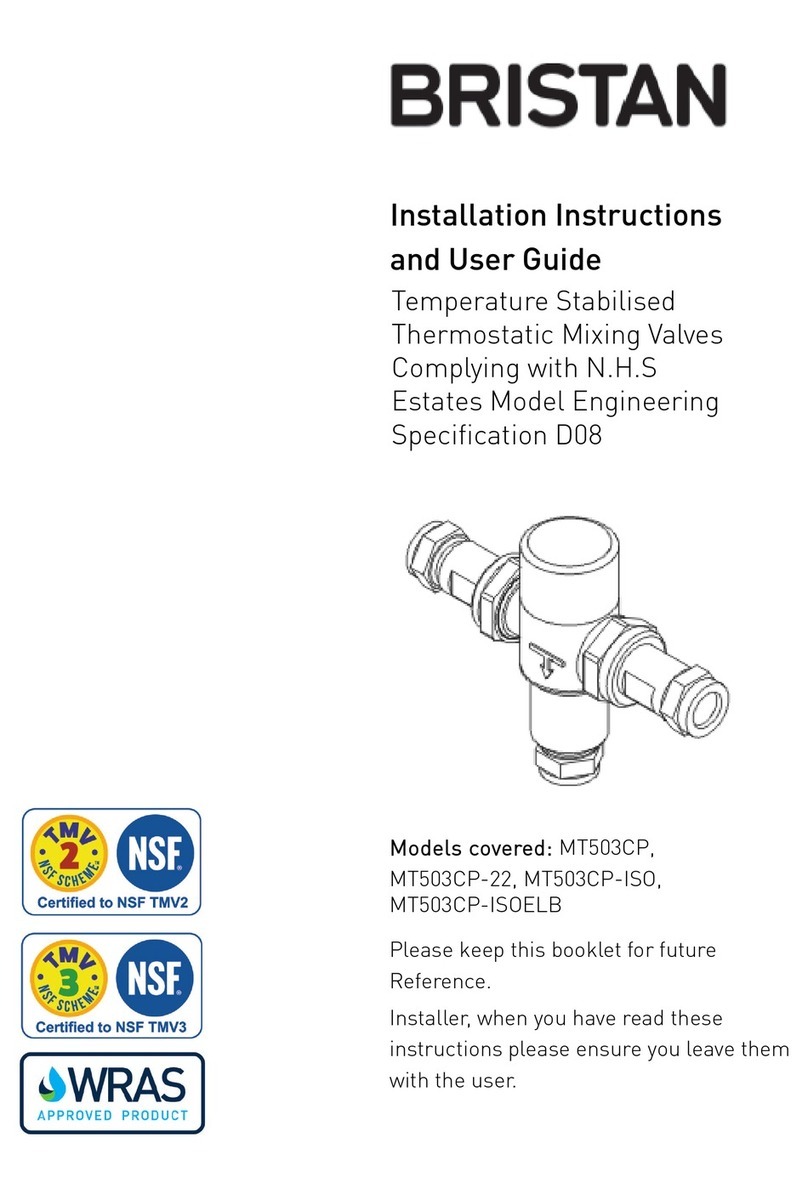Teknim TWM-1887 Instruction Manual

Release Date: 13/12/2021
Rev:02
Warnings
General
✓Read this manual with care before operating the device and keep it for further reference.
✓Comply with all warnings and measures provided in the manual. Follow all respective operation and usage
instructions.
✓Keep the devices away from water and moisture.
Environmental Conditions
Do not operate the device in extremely hot and cold environments other than the following conditions.
Temperature: Between -10°C and +55°C
Relative Humidity: Max. 95% RH
Service
Do not attempt to repair the device on your own, you may be exposed to electric shock in case you open the
device enclosure.
Contact your dealer or authorized service provider in case of a malfunction. Technical interventions to the
device must be carried out by a qualified technician from an authorized service provider.
Failures That Require Service Intervention
Contact your authorized service provider or installer in case of a failure or in following cases.
✓If the power line or power plug is damaged,
✓Any liquid leaking or a foreign substance entering the device,
✓Any exposure to water or rain,
✓Dropping the device or damaging the enclosure,
✓If there is significant performance change in the device,
✓If the device is not operating normally according to the operating instructions in this user manual
Please call your service provider as incorrect operations may cause further malfunctions.
What You Can Do On Your Own
Do not attempt to repair the device on your own, you may be exposed to electric shock in case you open the
device enclosure. Contact your dealer or authorized service provider in case of a malfunction. Technical
interventions to the device must be carried out by trained technical personnel of authorized service. The device
must be cleaned with a dry cloth. No chemical substances must be used for cleaning purposes.
Handling and Transportation
The device should be handled carefully so that it is not exposed to shocks and liquid ingress. Damages that
may occur during incorrect transportation are not covered by the warranty.
Human and Environment Health
This device does not contain any chemical or biological substance that may harm human health.
General Features
✓TLPWAN low power consumption, two-way safe and stable wireless communication protocol
✓Standard, low cost lithium battery
✓Up to 10 years battery life
✓Support 1x dry contact output, can be programmable from the panel
✓Support 1x dry contact input
✓EN54-18, EN54-25 Certified
Technical Specifications
Communication Distance
(via Coordinator or Router)
Up to 500 m (open area)
Operating Frequency
868 MHz
Operating Frequency Channels
10
Output Power
14 dBm (25 mW)
Average Consumption
15uA (@3V)
Battery
2xCR123A (3 Vdc)
Battery Life
Up to 5 years (20s Ping Time)
Up to 10 years (120s Ping Time)
Input Line EOL Resistance
33K
Input Alarm Resistance
10K
Operating Temperature Range
-10C ~ 55C (14F ~ 131F)
Humidity
95% RH (max.)
Size (mm)
100x66x33.5mm
Housing Material
White Color, ABS Plastic
Weight
90gr
TWM-1887
TLPWAN Wireless Inout Output Module
Installation & User Manual
Warning: Do not attempt to take the board out of its enclosure protection. It is sealed for your safety.
Users must avoid intervention.
Input Connector
Output Connector
Programming Connector
LED Indicator
CR123A Battery Housing
Tamper Switch
Connection/Test Button
TWM-1887
Wireless Input / Output Module
Installation & User Manual

Indicator LEDs
Condition
LED Signal Pattern
Any error situation
(Open Circuit, Tamper etc.)
Green LED blinks once in every 10 seconds
Device in normal operation mode
Green LED blinks once in every 20 seconds
Alarm mode
Red LED blinks once in every 2 seconds
Low battery warning
Orange LED blinks once in every 20 seconds
Network connection-disconnection
Result of operation
Green LED blinks twice in every 2 seconds
Affirmative, green LED lights for 3 seconds
Not Affirmative, red LED lights for 3 seconds
Connection quality
Connection Quality is Good; Green LED blinks 3 times
Connection Quality is Medium; Green LED blinks 2 times
Connection Quality is Poor; Green LED blinks once
No Connection; Red LED blinks once
Network Connection Procedure
In order for a device to join the network, that device must not have been included in any network before.
Whether the device has joined any network or not can be determined by the link test. Follow the steps below
for connecting the device to a network.
1. The connection permission on the coordinator or on the router must be on before the device is
connected to a network. Turn on the connection permission on the coordinator or on the router.
2. Press long (for 5 seconds) on the “Connection/Test” button located under the device.
3. The device will start the connection procedure automatically. This procedure takes about 20 to 60
seconds. The green LED will blink twice every 2 seconds during the procedure.
4. At the end of the procedure, the green LED will light for 3 seconds if the connection procedure is
successful, and the red LED will light for 3 seconds if the connection procedure is not successful.
Disconnection Procedure
Disconnection of the device from the network can be done both on the coordinator and on the device. Follow
the steps below for disconnecting the device from a network.
1. Press long (for 5 seconds) on the “Connection/Test” button located under the device.
2. The device will start the disconnection procedure automatically. The green LED will light for 3 seconds
at the end of the procedure.
Link Test
It is possible to measure the link quality between the device and the connected coordinator or router. For this,
press shortly on the “Connection/Test” button located under the device. If the device is connected to a network,
the LEDs will light as noted below at the end of the procedure
Link Kalitesi (RSSI)
LED Signal Pattern
RSSI > -60 dBm
Connection Quality is Good; Green LED blinks 3 times
-60 dBm > RSSI > -75 dBm
Connection Quality is Medium; Green LED blinks 2 times
-75 dBm > RSSI > -90 dBm
Connection Quality is Poor; Green LED blinks once
-90 dBm > RSSI
No Connection; Red LED blinks once
Input Output Connections
Device can be used both for Dry Input Monitoring and Output Controlling.
(𝑅𝑠) 33K is being used for EOL resistance and (𝑅𝑎𝑙𝑎𝑟𝑚) 10K is being used for alarm resistance.
Relay contacts are 30Vdc 2A Form C.
Terminal
Description
NO
Normally open
NC
Normally closed
COM
Common
A
Input
B
Input
1922
Bilgi Elektronik San. ve Tic. A.Ş.
Dudullu OSB 1. Cad. İsmet Tarman İş Merkezi
No:1 Kat:2 No:32 Ümraniye / İstanbul
21
1922-CPR-1598
EN 54-18:2005, EN 54-18:2005/AC:2007
Fire Detection And Fire Alarm Systems (Input/Output Devices)
EN 54-25:2008, EN 54-25:2008/AC:2010, EN 54-25:2008/AC:2012
Components Using Radio Links
TWM-1887
Manufacturer
*In compliance with AEEE regulations. This product is manufactured with recyclable and reusable high quality
parts and materials. Do not dispose of the product together with domestic or other wastes at the end of its
service lifetime. Take it to a drop-off point for the recycling of electrical and electronic devices.
Bilgi Elektronik San. ve Tic. A.Ş.
Dudullu Organize Sanayi Bölgesi 1. Cadde İsmet Tarman İş Merkezi
No:1 Kat:2 No:32 Umraniye / Istanbul / Turkey
Phone Number: +90 216 455 88 46 Fax: +90 216 455 99 06
www.teknim.com
sales@bilgielektronik.com.tr
destek1@bilgielektronik.com.tr
Warning: After adding the device to the network, proceed the link test at the location of the device will
work. If there is no connection in the link test, the system will not work properly. In this case, change
the location of the device.
Warning: If no LED lights at the end of the Link Test, this means the device is not connected to any
coordinator or router.
Other Teknim Control Unit manuals
Popular Control Unit manuals by other brands
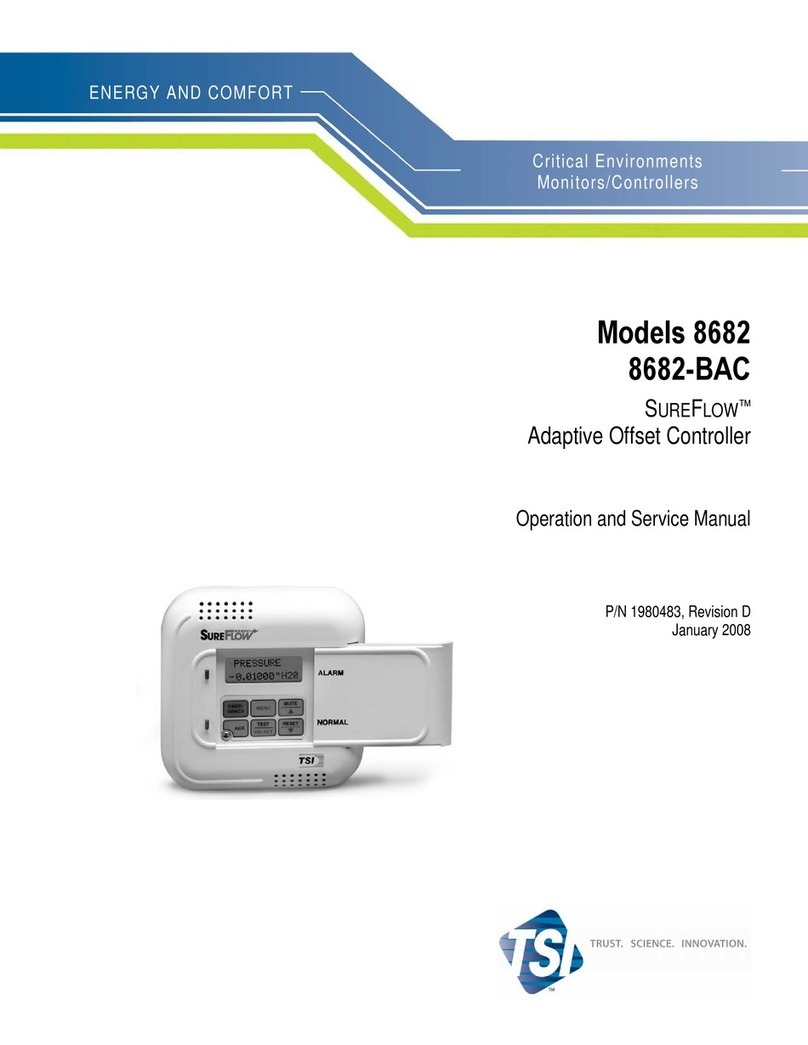
TSI Instruments
TSI Instruments SUREFLOW 8682 Operation and service manual
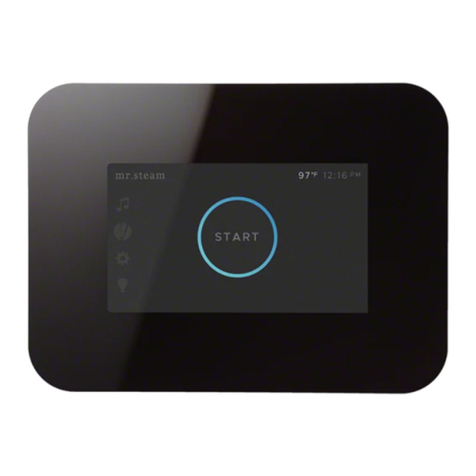
mr. steam
mr. steam iSteam 3 Control Installation, operation & maintenance manual
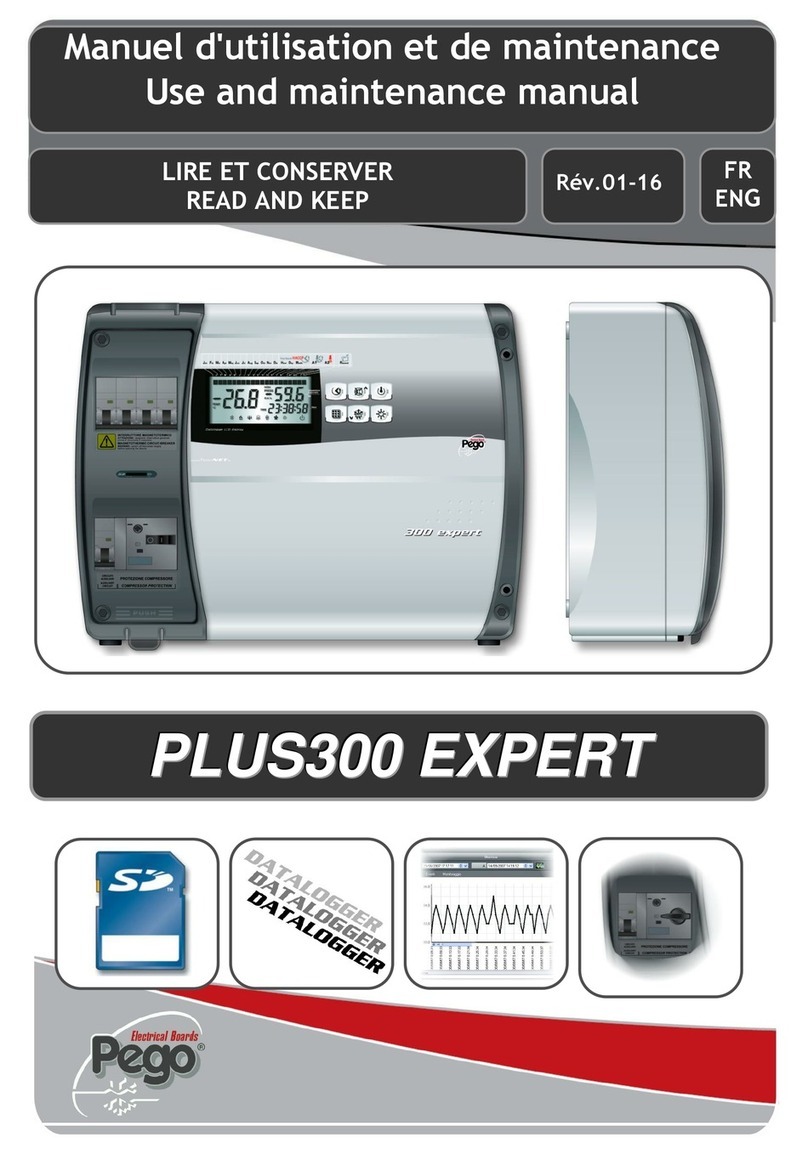
Pego
Pego PLUS300 Expert VD 4 Use and maintenance manual
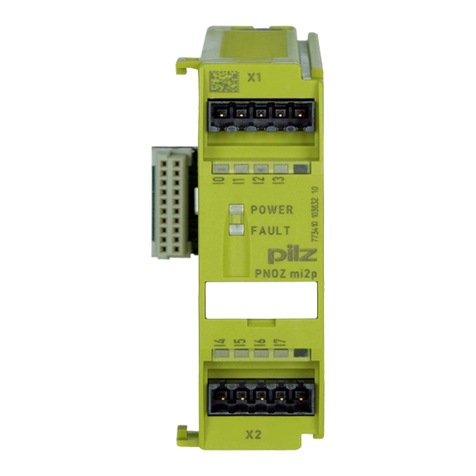
Pilz
Pilz PNOZ mi2p operating instructions
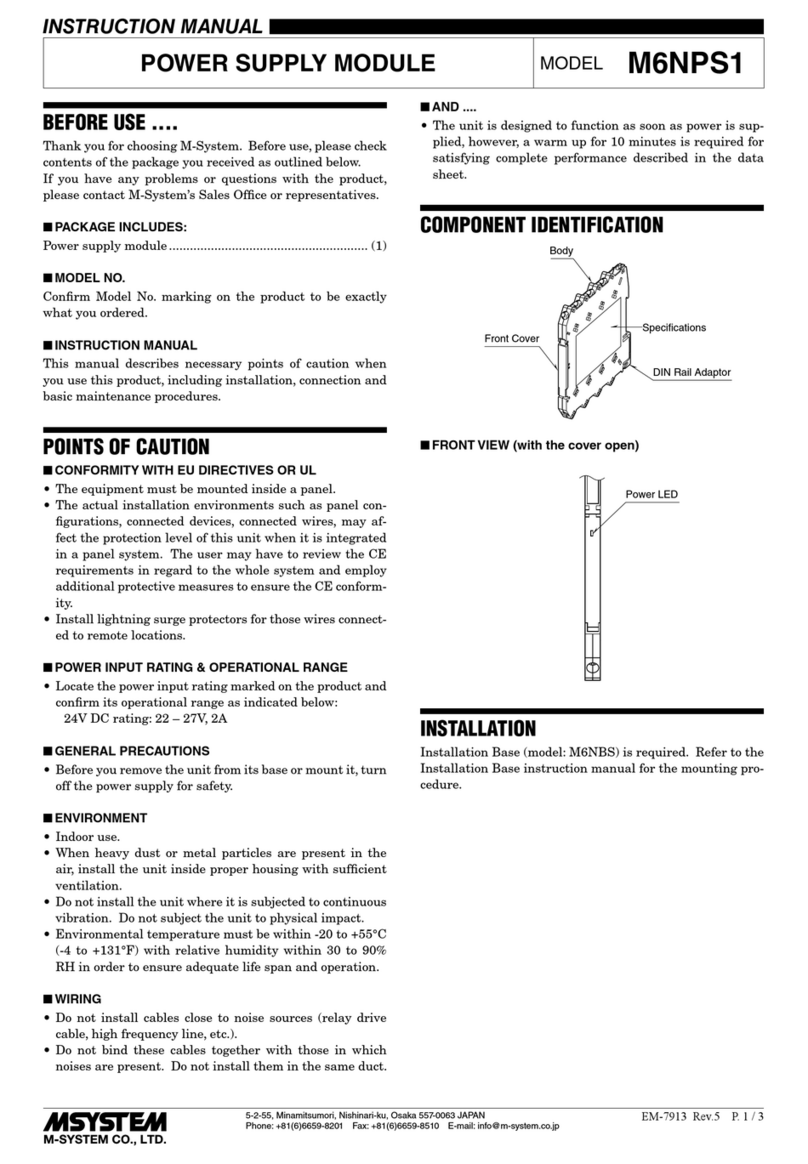
M-system
M-system M6NPS1 instruction manual
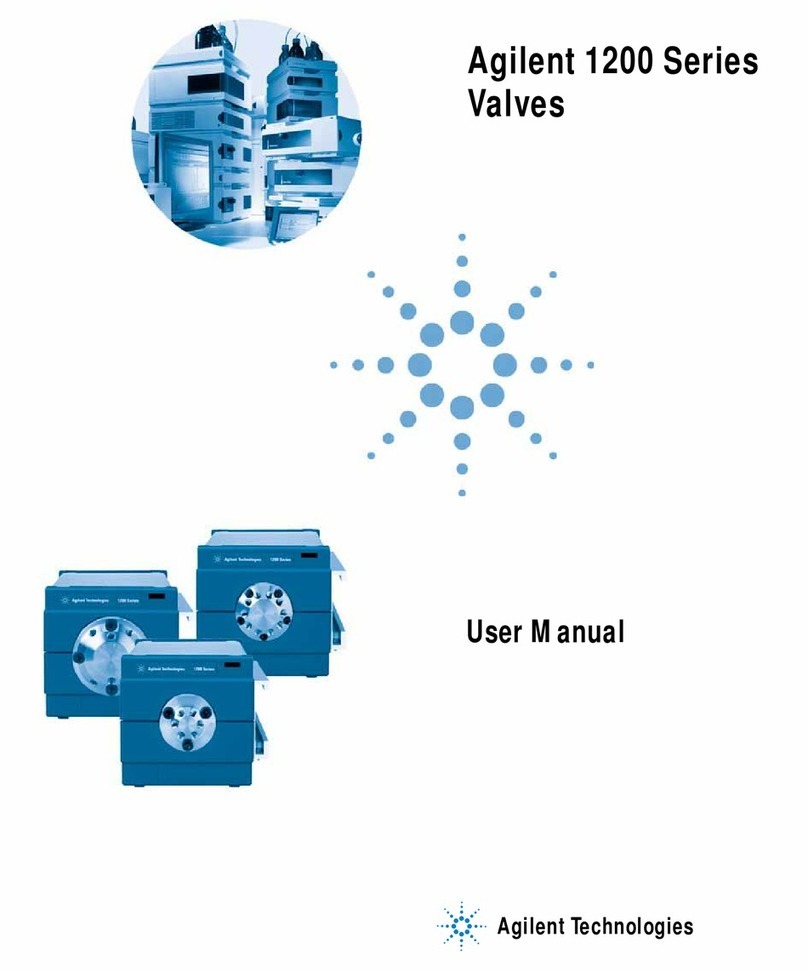
Agilent Technologies
Agilent Technologies G1157A user manual


